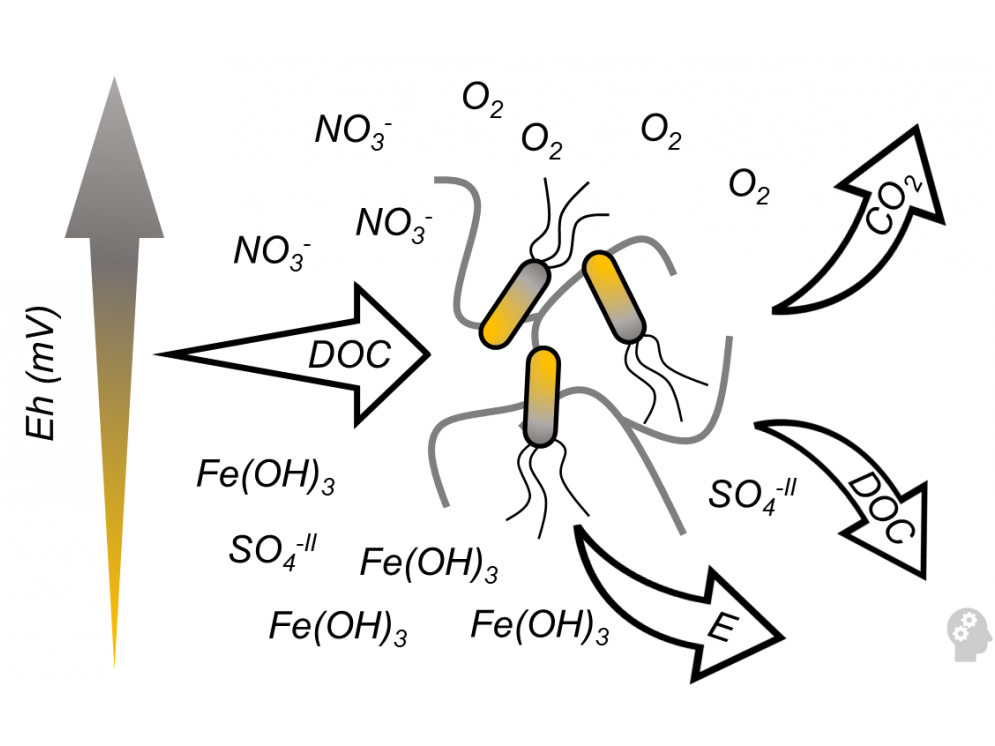Integrating experimental and modelling approach to understand the effect of redox potential on microbial carbon use efficiency
The aim of this project is to quantify the combined effect of redox regime and the concentration of inorganic electron acceptors on microbial carbon use efficiency of two soils with different inorganic electron acceptors content using integrated experimental and mathematical approach.
Carbon Use Efficiency (CUE) of soil microbial communities is an emergent property, which determines the amount of carbon retained in soil or lost from soil to atmosphere or waters. As such, it is a central parameter of the state-of-the-art microbial-explicit soil biogeochemical models. However, CUE variability in respect to various soil conditions is not yet fully understood. Here we propose a long term incubation experiment coupled with fine temporal scale resolution chemical, isotope, genomic, microbial and biochemical analysis to understand the effect of redox potential and inorganic electron acceptors concentration on microbial community CUE. We intend to use two spruce forest soils with residual nitrate and sulfate loads and different iron content as the study subjects. To accurately quantify CUE and its variability across experimental treatments and time, we further propose to adopt a modelling approach that explicitly account for variable macromolecular composition of soil microbial biomass.
